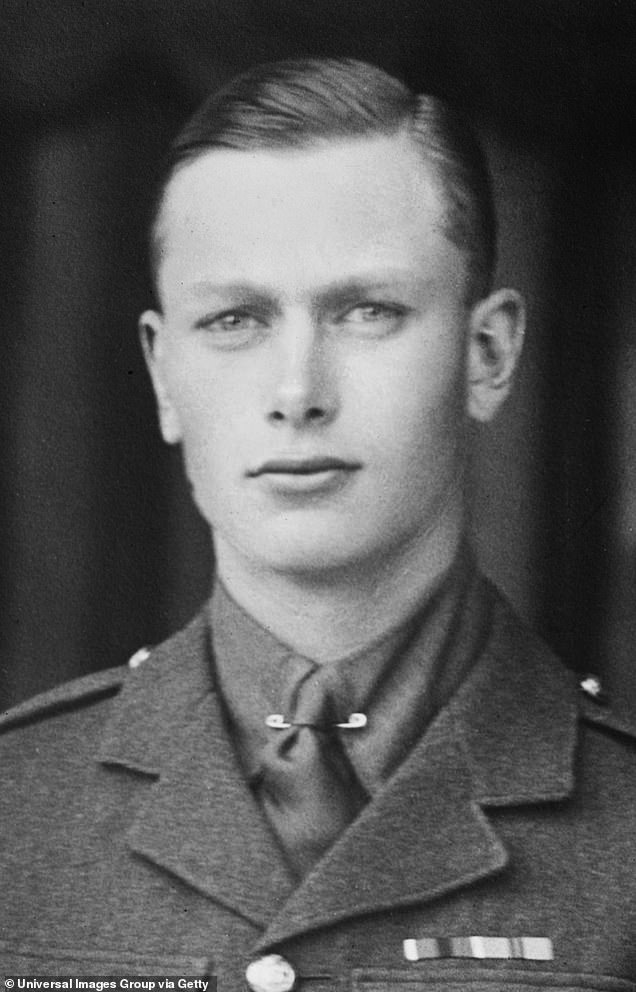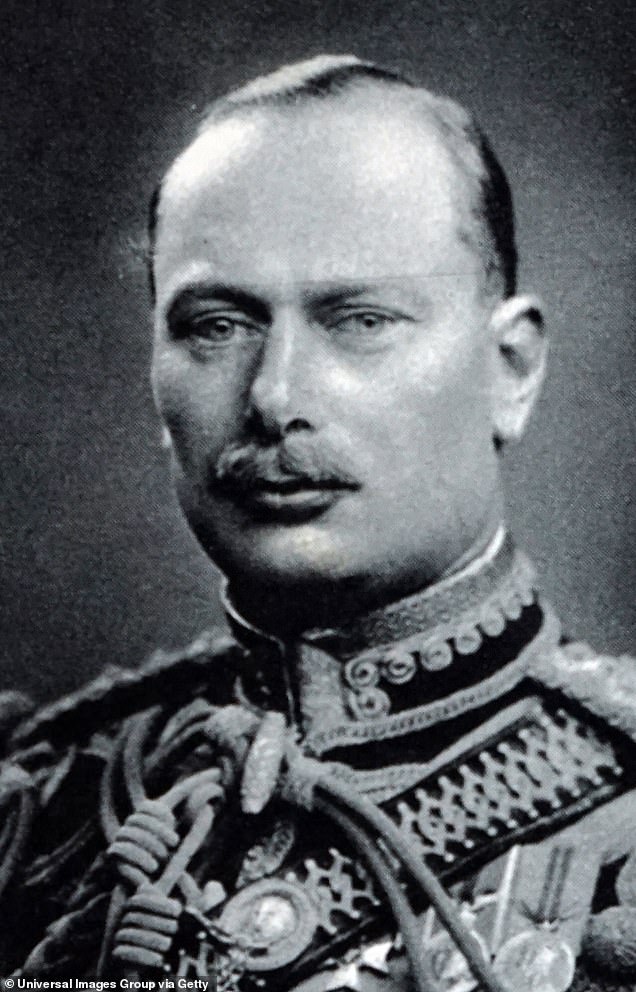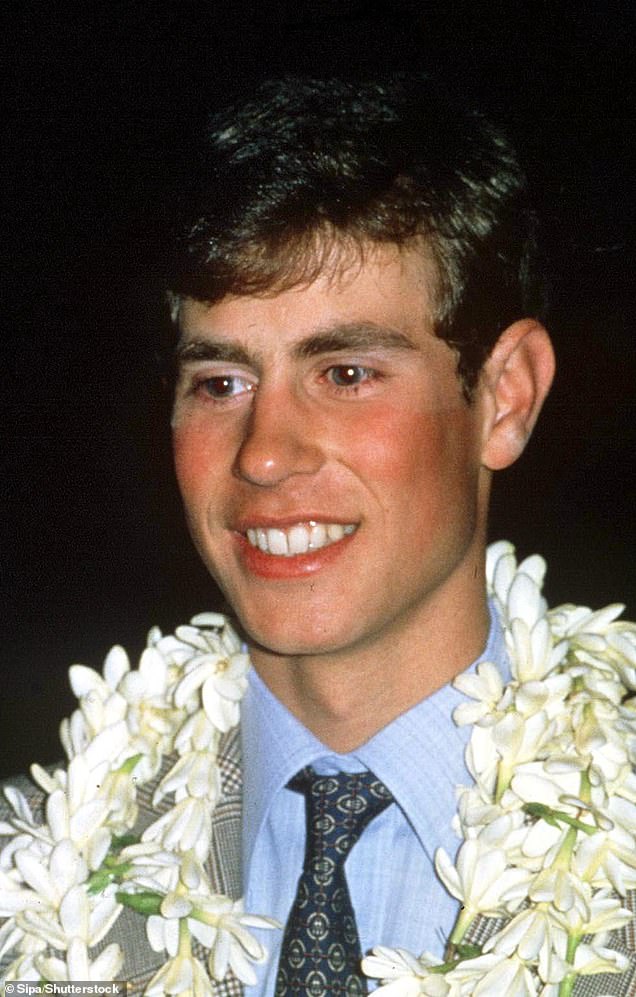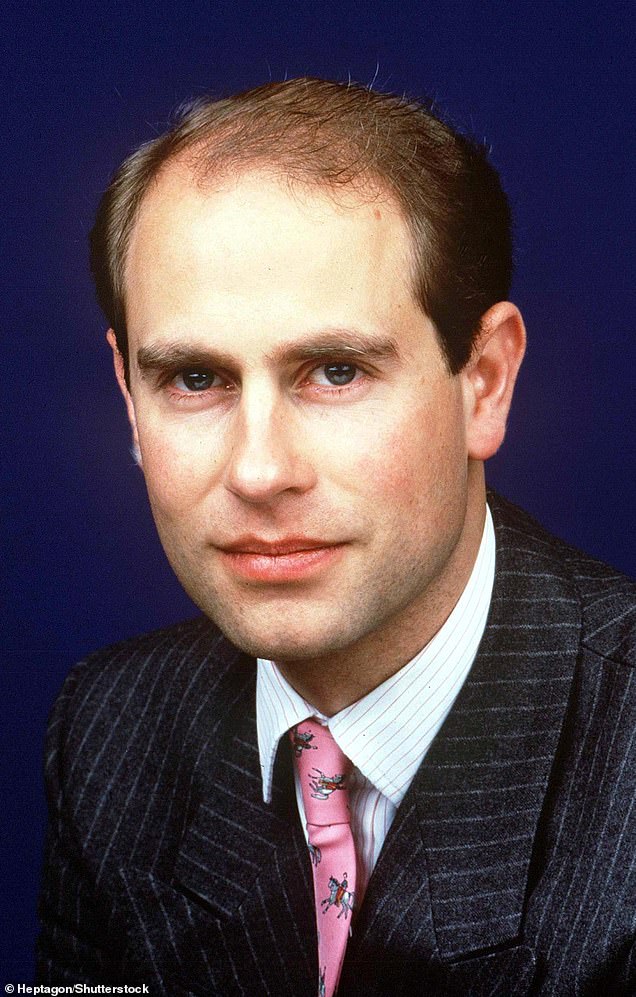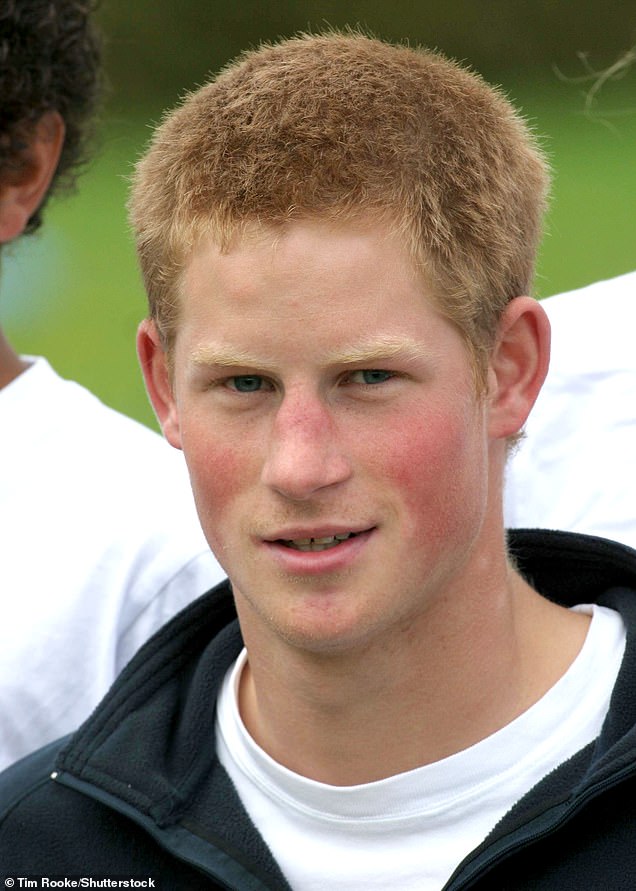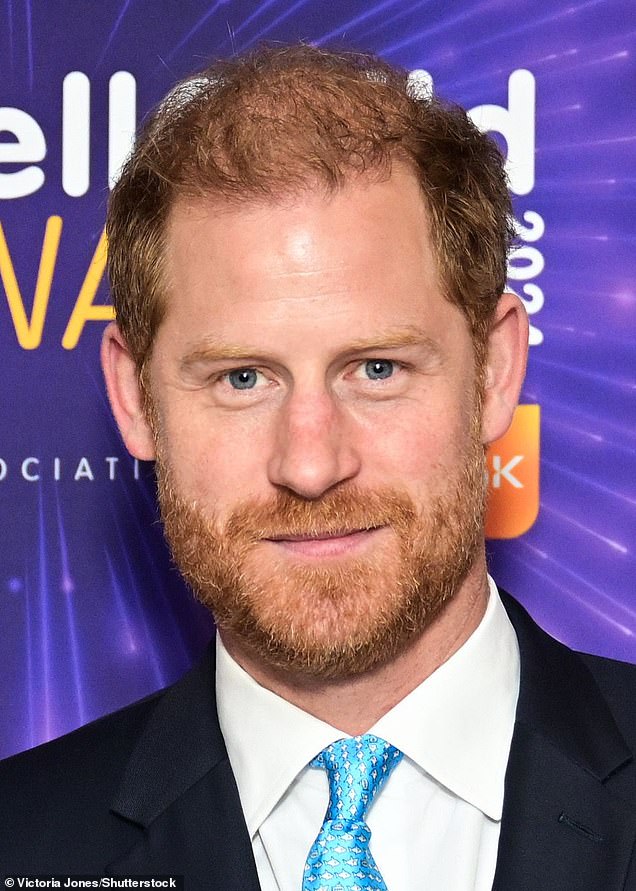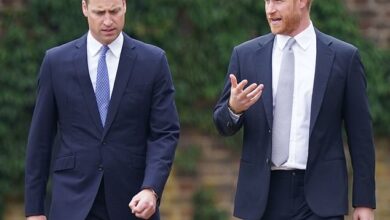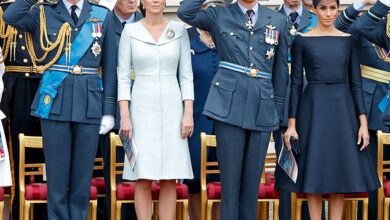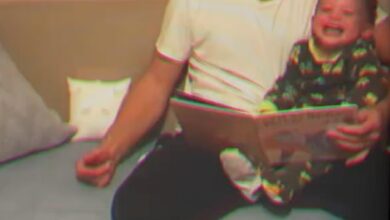Prince William’s ‘Windsor balding gene’ could have started with Queen Victoria’s father and Harry hasn’t escaped it either as expert REVEALS how it is passed down the generations…
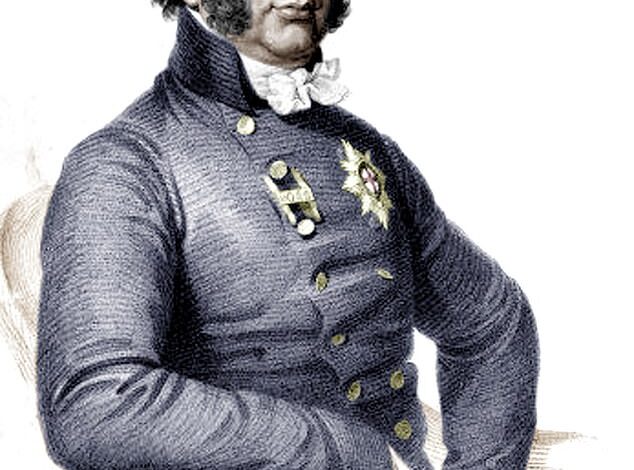
The royals have many things, including multiple residences, helpful butlers and beautiful jewels. But some male members of the family don’t seem to have a lot of hair.
Prince William‘s hair has disappeared over the years and though Prince Harry held on to his locks for longer, he also hasn’t avoided thinning.
Meanwhile their father, King Charles, started sporting the classic Windsor combover as he aged.
Their hair loss could be due to a range of reasons and according to expert Dr Aamer Khan, co-founder of the Harley Street Skin Clinic, ‘it’s a combination of ageing, hormonal factors and genetics’.
Dr Aamer told MailOnline: ‘It [balding] can be passed down from either side of the family but for men it’s usually the mother’s side that is more influential in determining whether or not you’ll experience baldness.’
A range of hair characteristics, including balding, can be inherited from family members, according to the doctor, as well ‘hair colour, texture and thickness’.
The Royal Family tree could reveal where the possible baldness gene originates from.
Read on below as MailOnline looks back through the different generations of the monarchy and their hairlines.
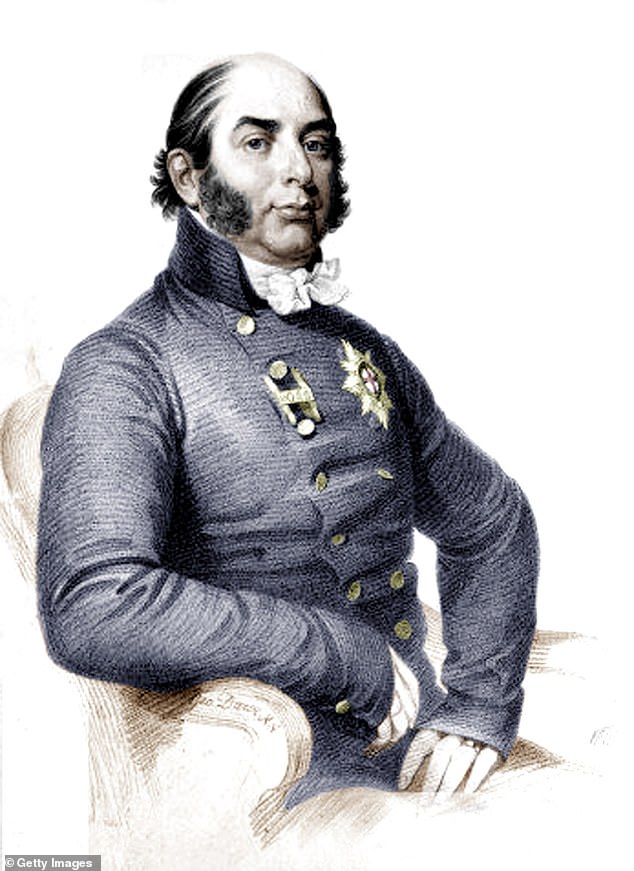
A depiction of Queen Victoria’s father, Prince Edward, sporting sideburns and no hair on the top of his head
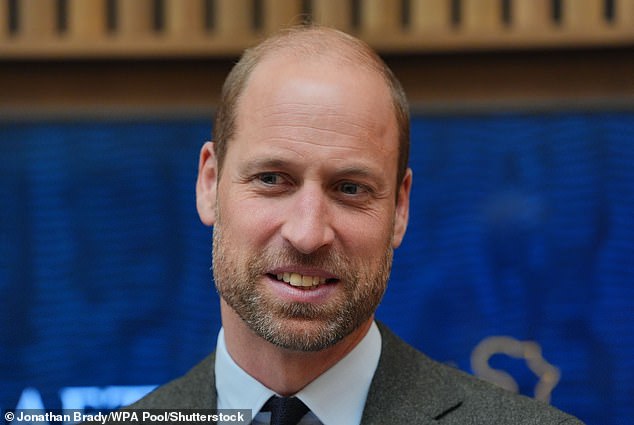
Prince William, with his new beard and a combover, pictured last year
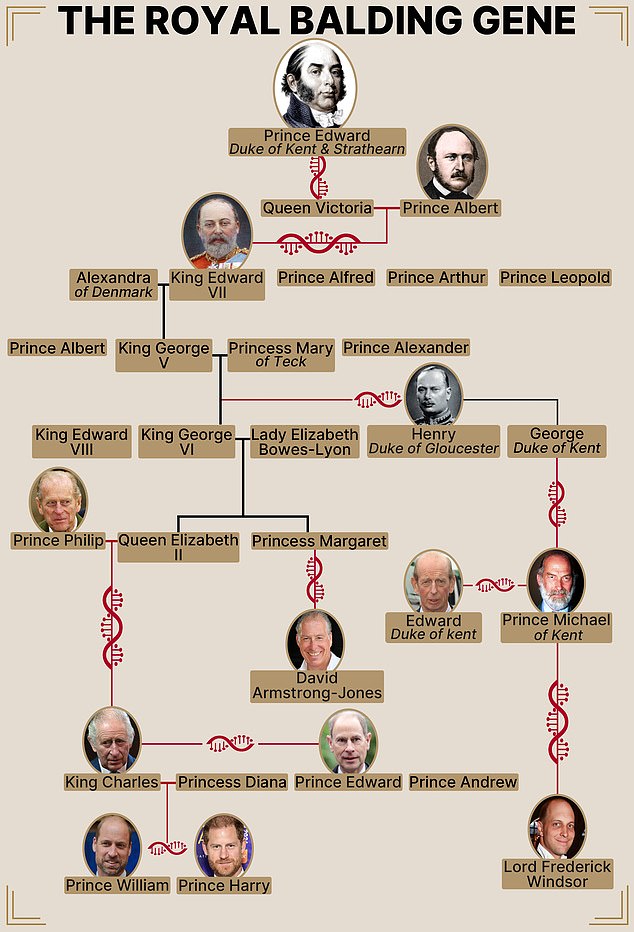
The Royal Family tree showing how balding may run through the monarchy
Across previous generations of royals, many have experienced some form of hair loss and the phenomenon has been previously described as the ‘Windsor balding gene’.
Dr Khan said: ‘When we look at King Charles, Prince William and Prince Harry, there are clear signs of balding present, with some experiencing it more aggressively than others.
‘I think we can say that this is clearly influenced by genetics, as there’s a consistent pattern of baldness among the generations that suggests a hereditary predisposition.’
More than 250 years ago Prince Edward, Duke of Kent and Strathearn, was born and, though he was never King, none of his three brothers produced a legitimate heir and his daughter, Queen Victoria, went on to rule.
He died shortly after Victoria was born aged 52 but pictures of the royal reveal he was balding.
Drawings and depictions show him sporting sideburns and hair on the side of his head, but completely bald on the top.
Queen Victoria’s husband, Prince Albert, passed away aged 42 but the monarch’s keen interest in photography meant his appearance was well documented.
Images show his hair seemed to be receding in his final years and he would cover his crown with a section of hair combed over.
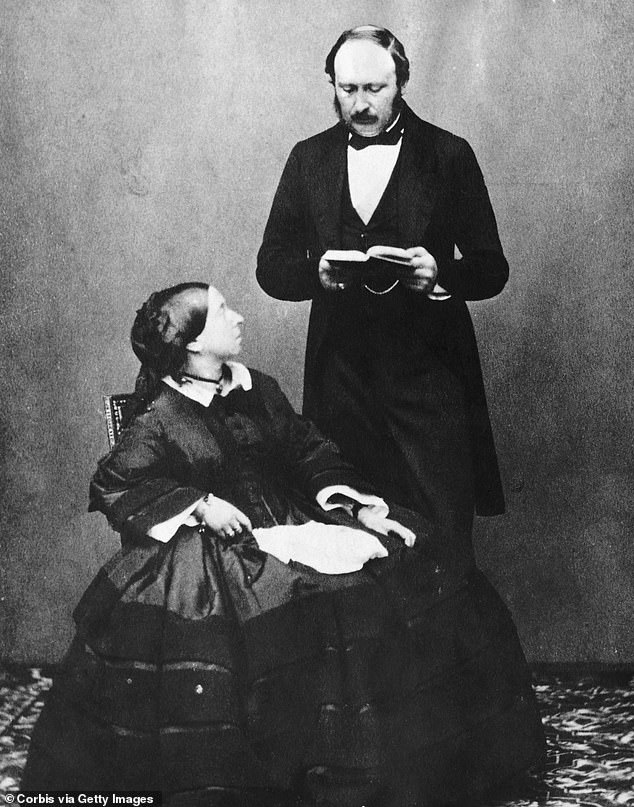
Prince Albert, wearing his hair in a combed-over fashion, photographed with his wife Queen Victoria
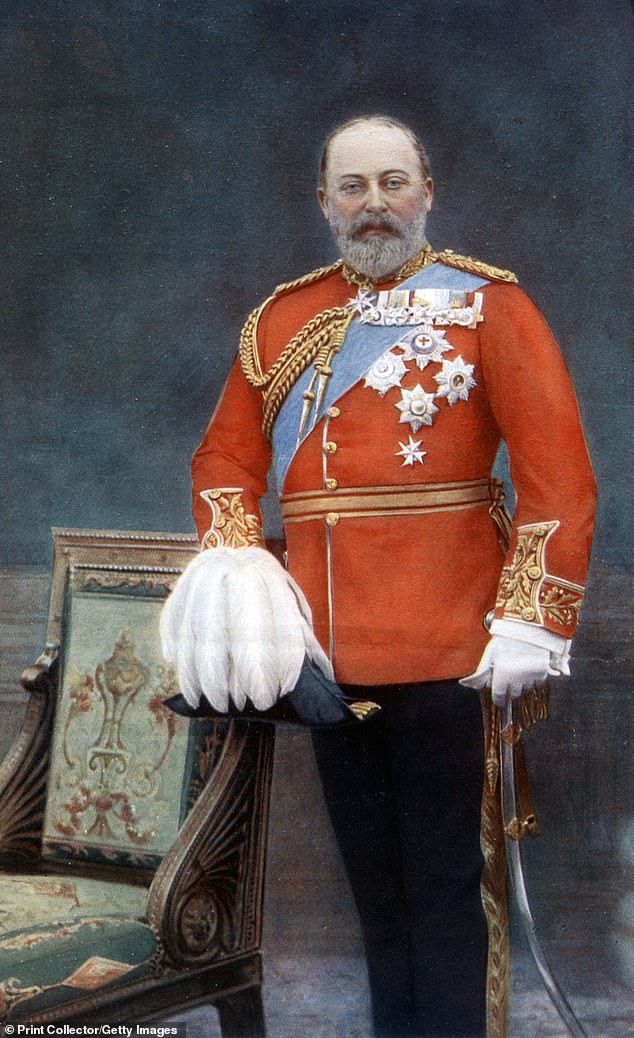
King Edward VII, who seemingly inherited his thinning hair from his father, Prince Albert, and styled it in a similar way
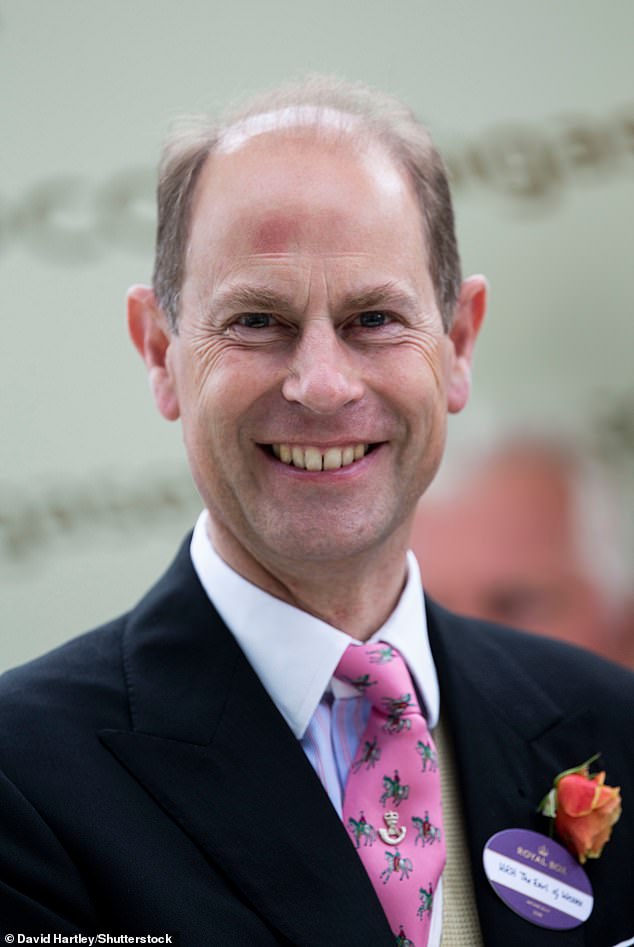
Queen Elizabeth’s son, Prince Edward, at Royal Ascot in 2018
The couple were first-cousins and shared the same grandparents, meaning Albert may have inherited his hairline from their shared family.
They had four sons, but only one seemed to share the hairline of their father, Edward VII, who went on to be crowned King in 1901.
In his later years, the monarch’s hair receded in a similar fashion to Prince Albert’s and he sported the same combover style.
Edward’s two sons, Prince Albert and George V, both had more hair than their father.
King George went on to have five sons – Edward VIII, George VI, Henry, the Duke of Gloucester, George, the Duke of Kent and Prince John.
Out of all of them, Henry would go on to lose the most hair – with his older brothers maintaining much of theirs.
George VI’s eldest daughter would go on to become Queen Elizabeth II and marry her third-cousin, Prince Philip, who was also related to Queen Victoria.
Like some of his relatives, Philip’s hair also thinned as he aged and he wore it swept over his head.
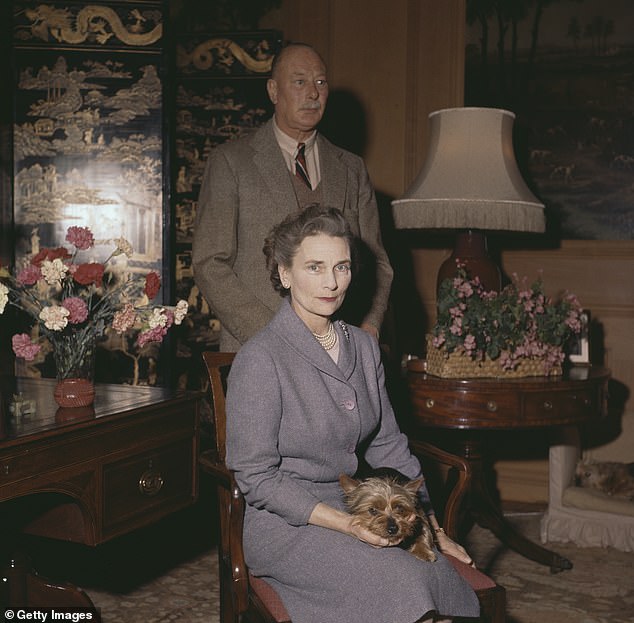
King George V’s son, Prince Henry, Duke of Gloucester, with his wife Princess Alice
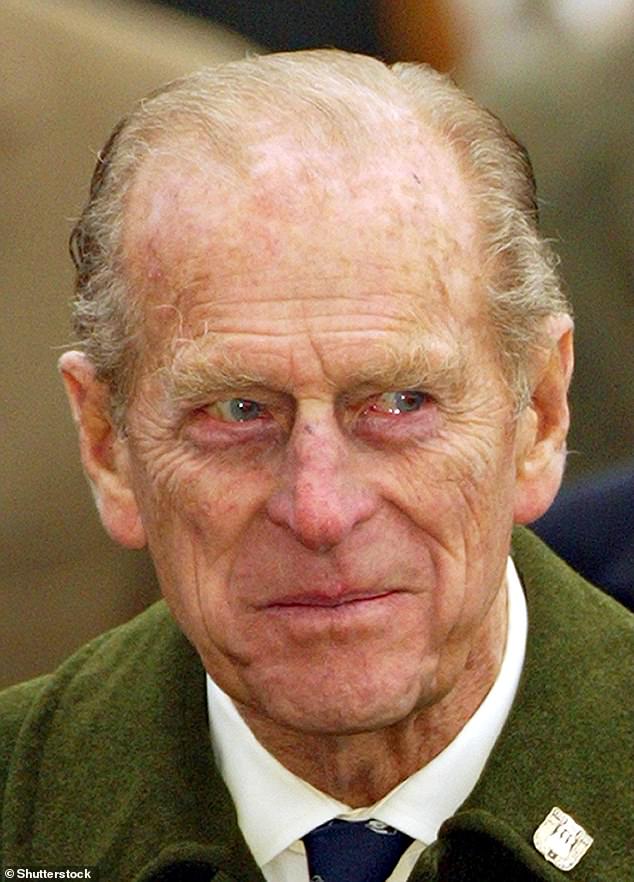
Prince Philip, wearing his hair in combover style, attending the Christmas Day service in Sandringham in 2002
Prince Henry’s hairline gradually receded over the years
Prince Edward began to lose his hair over the years but had thick, dark hair when he was younger
King Charles, Elizabeth and Philip’s eldest son, has experienced some balding on the top of his head as he has aged, and combs it over like his father once did.
While his younger brother, Prince Edward, had long, dark hair in his younger years but is mostly bald on the top of his head nowadays.
Dr Khan, whose clinic offers platelet-rich plasma injections to help thicken hair, described the differences in Charles and Edward’s hair loss.
He said: ‘The King’s hair may be a result of diffuse thinning. This is a form of gradual hair loss and density on top of the scalp, which is a milder form of androgenetic alopecia usually associated with older age.
‘Whereas Prince Edward’s balding is more extreme and looks to me like a more advanced stage of androgenetic alopecia as characterised by the lack of hair on top of his scalp.’
Princes William and Harry seem to have inherited their father’s family hair traits and are both thinning as they age.
William has been on a journey with his hair over the years – when he was younger he a thick mop of blondish hair and was seen as a heart-throb by many.
The Prince was even greeted by hordes of swooning girls during a royal visit to Canada in 1998.
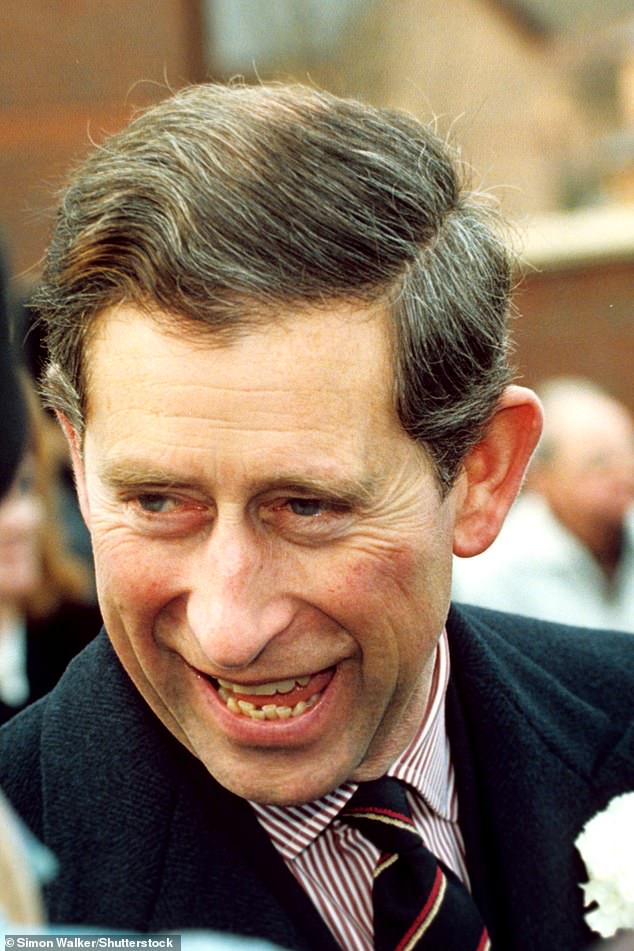
The then-Prince Charles with a thick head of hair visiting Cheshire in 1995
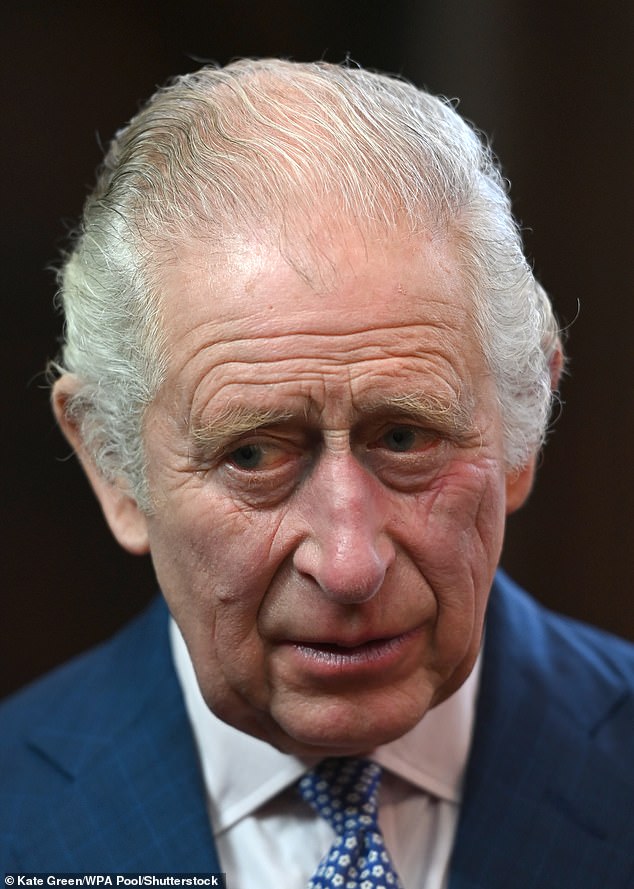
Charles, wearing his thinning hair in a combover fashion, visiting Gray’s Inn in 2022
Prince Harry’s red locks have begun to thin on the top of his head as he ages
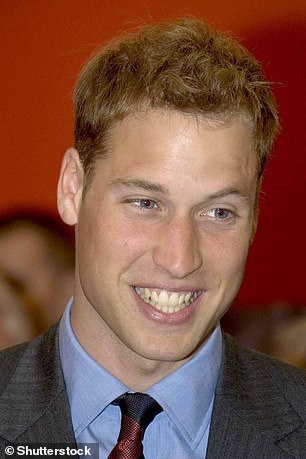
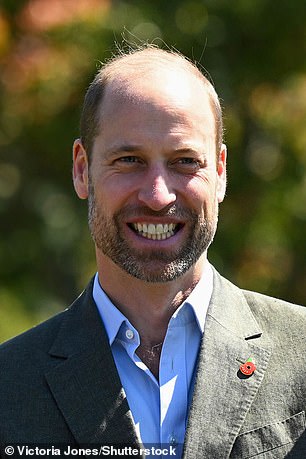
The Prince of Wales has gradually lost his blondish hair and has started to bald
As he aged, his hair began to thin and has changed drastically since the ‘Wills-mania’ days.
During the early years of fatherhood, William began to sport a combover as he lost hair.
His brother, Harry, recalled the moment he looked at William and noticed ‘his alarming baldness’, in his memoir, Spare.
Harry went on to describe how William’s hair loss was ‘more advanced than my own’.
The Prince of Wales has noticed his balding himself and occasionally mentions it light-heartedly.
During a speech at an Earthshot Prize event in Singapore in 2023, William joked how he ‘had hair when it [the initiative] started’.
In an attempt to change his looks, the future King had a defining cut in 2018 when he reportedly paid £180 – though this was denied by Kensington Palace – to have a buzz cut.
William was said to have received advice from Kate’s hairdresser, Richard Ward, and later decided to get the cut.
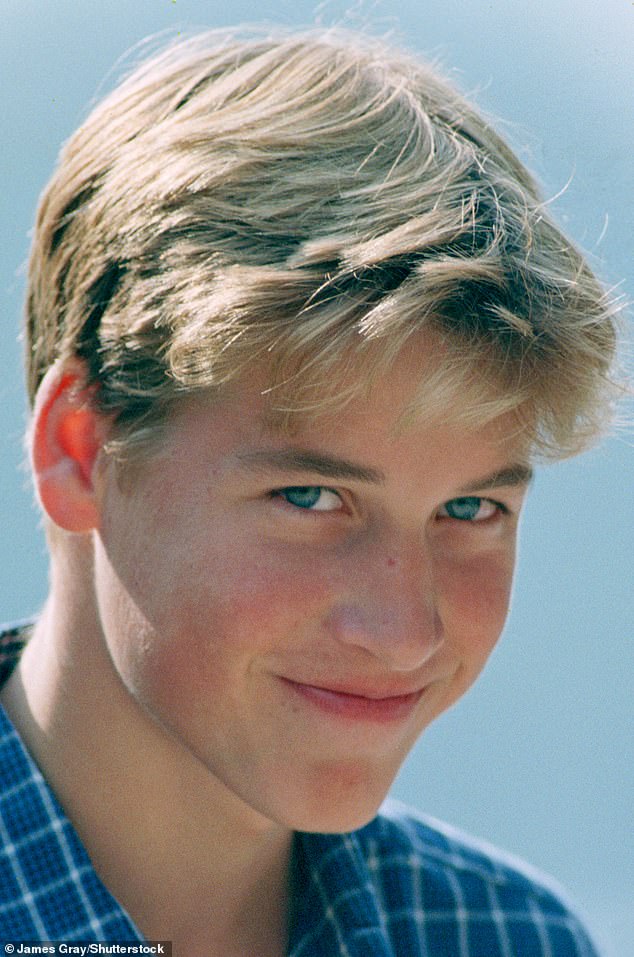
Prince William pictured with his long, blondish fringe back in 1997
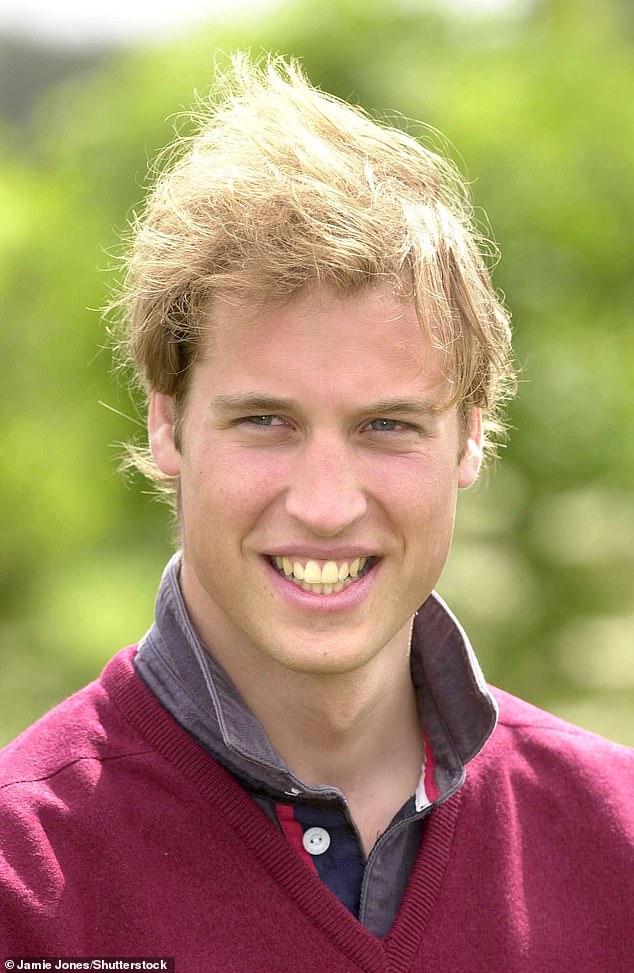
The Prince of Wales sporting windswept hair at Duchy Home Farm in 2004
Joey Wheeler, who has worked with Mr Ward for 11 years, was understood to have trimmed the prince’s hair at his royal residence.
The prince’s hair loss seems to be working favourably for him however, as last year he was crowned the Sexiest Bald Man for the second year in a row.
In 2019, transplant surgeon Dr Asim Shahmalak discussed the rate of Harry’s hair loss and said: ‘He is losing his hair at the same sort of rate that Prince William lost his in his 20s. The baldness gene in the Windsor family is extremely aggressive.’
As for Harry, he also had a thick head of red hair when he was younger and even earned the nickname ‘Spike’ for his resemblance to an echidna, he recalled in Spare.
Back in 2010, Nicky Philipps unveiled a portrait of Princes Harry and William chatting before the Trooping the Colour ceremony.
However, Harry admitted afterwards that he was not impressed with how the artist – who was paid £11,000 by the National Portrait Gallery for the commission – captured his hair.
He said: ‘I’m a little bit more ginger in there than I am in real life.’
Referring to Prince William, Harry added: ‘He got given more hair so, apart from that, it could have been worse.’
In more recent years, Harry’s hair seems to have thinned in a similar gradual fashion to his father’s.
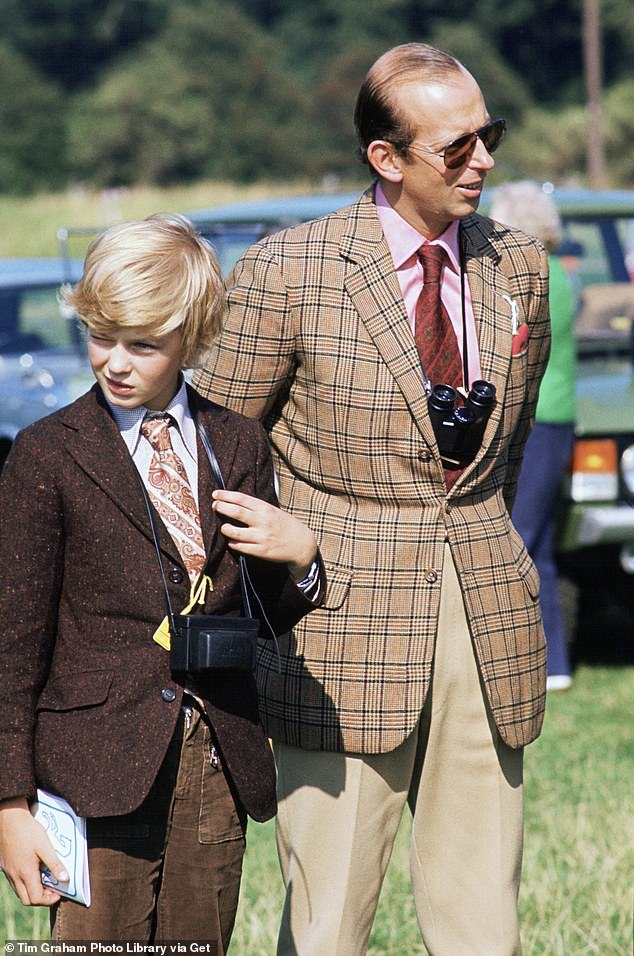
The Duke of Kent sporting a combover, similar to many of his family members, with his son George at the Royal Windsor Horse Show in 1974
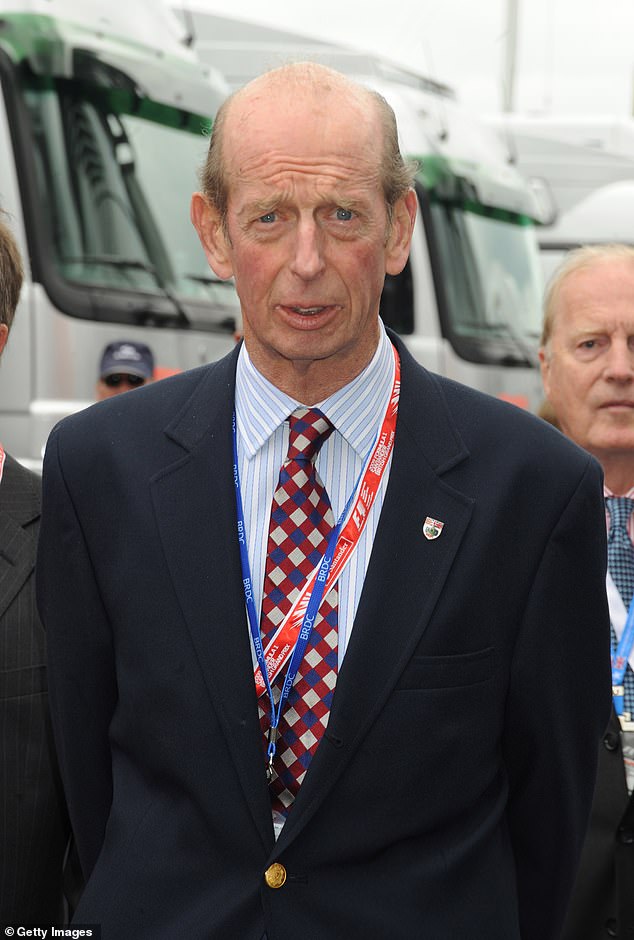
Prince Edward, Duke of Kent, pictured at the British F1 Grand Prix in 2008
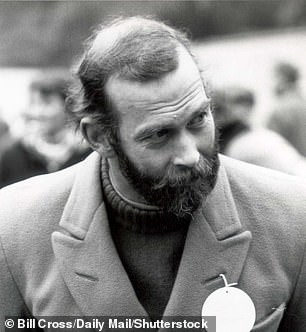
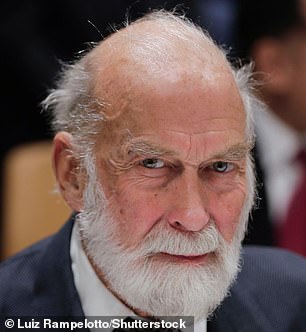
Prince Michael of Kent has sported a thick beard for some time but his hair has gradually balded over the years
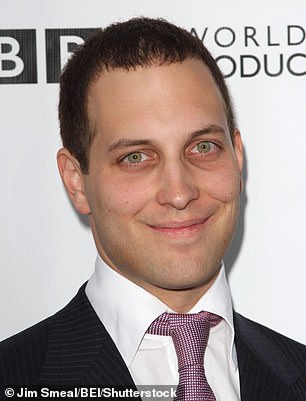
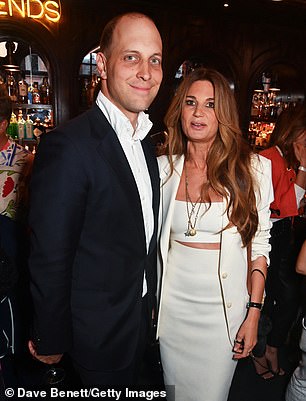
The son of Prince Michael of Kent, Lord Frederick of Windsor, also seems to have thinning hair
Princess Margaret went on to have two children and her son, David Armstrong-Jones, the second Earl of Snowdon, has experienced similar hair loss to his relatives.
When he was younger, the earl had thick, curly hair and would often style his tussles in a voluminous fashion.
David’s hair has since thinned and he has a similar hairline to his cousin, Charles, now.
Like many of his family members, the late-Queen’s cousin, Edward, Duke of Kent, has also experienced hair loss over the years.
He was often seen by Elizabeth’s side and has sported a similar combover to the rest of the Windsors for several years.
Now 89-years-old, he is the oldest working royal and served in the British Army for 21 years.
Prince Michael of Kent, the grandson of George V, also seems to have inherited his relatives’ balding looks.
Though he has sported a full beard for many years, his hair has thinned on the top and is now mostly only present at the sides.
The prince’s son, Lord Frederick of Windsor, seems to have similar hair to his father – though he doesn’t sport a beard.
In his younger years he had a full head of dark hair, but now it seems to be thinning on the top.

